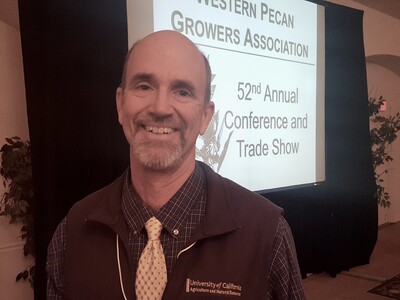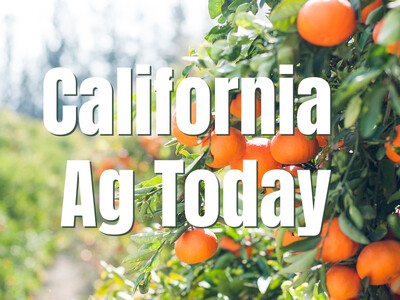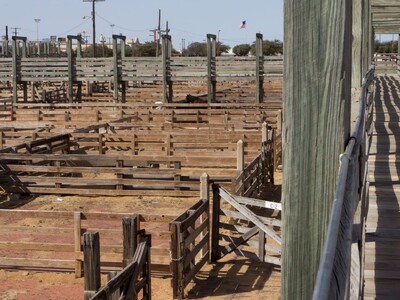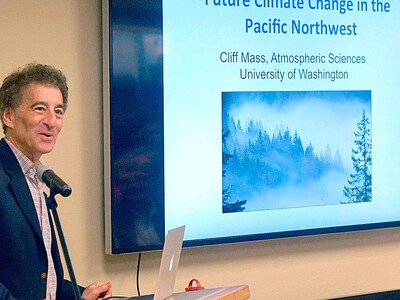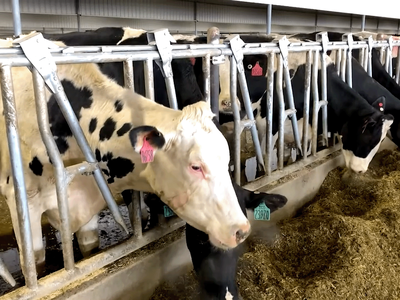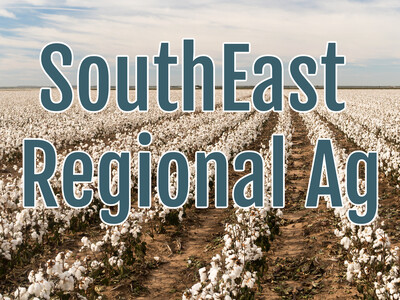A section 18 emergency Exemption Has Been Granted for Kasugamycin on Almonds to Prevent Bacterial Blast
Bacterial Blast can be devastating disease when there is frost during almond bloom, said Jim Adaskaveg, a professor and plant pathologist at UC Riverside who helped get that application to the EPA for approval.“Bacterial blast is a bacterial disease caused by the ubiquitous epiphytic bacteria growing over the surface of the trees,” said Adaskaveg. “The main pathogen is pseudomonas syringae. “ he said
“It can be a really devastating disease, but it's kind of, you have to have all the conditions. You know, the disease triangle, you have to have the pathogen, you have to have the injury--the environment of a frost or cold conditions. And then you have to of course you have the susceptible almond that is blooming.
And that the disease triangle was definitely present back in February, 2018
During that event some varieties got hit hard because they were blooming at the time of the frost event, which allowed for the pathogen to get into the tree. So you have to have the special conditions all aligned.
“Some varieties still had closed buds or haven't bloomed yet, and some were already bloomed and had little fruit on it,” said Adaskaveg. “They weren't as hit as bad because they were not at that critical flower stage where the frost did some damage and caused these bacteria to take advantage of the situation.”
Again, there is a section18 emergency exemption available if there looks like there will be a frost event.





